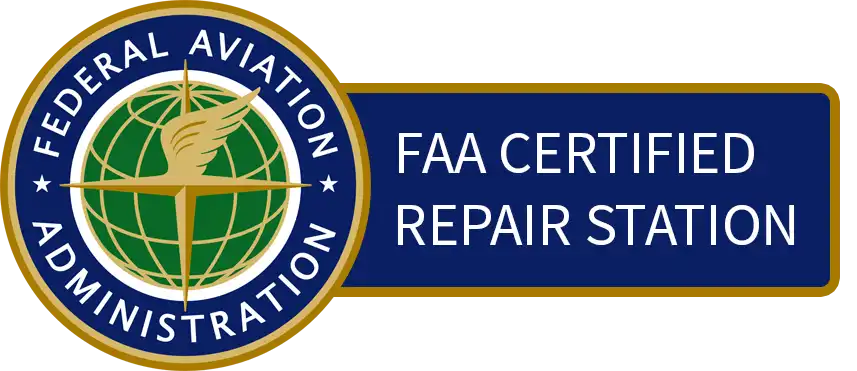General Description of Thermal Spraying
General Description of Thermal Spraying
Thermal spraying is a well established, extremely versatile technology that is commercially used to produce a wide variety of coatings for applications ranging from jet engines and medical implements to pump seals and bicycle rims.
Thermal spraying encompasses a group of processes that are capable of rapidly depositing metals, ceramics, plastics, and mixtures of these materials.
Thermal spray processes can be grouped into three major categories: plasma-arc spray, flame spray, and electric wire-arc spray. These energy sources are used to heat a coating material (in powder, wire, or rod form) to a molten or semi-molten state. The resultant heated particles are accelerated and propelled toward a prepared surface by either process gases or atomization jets. Upon impact, a bond forms with the surface and subsequent particles cause thickness buildup. The major thermal spray processes are:
Each process has different cost, materials flexibility and coating performance capabilities. As a surfacing technology, however, thermal spray is compatible with most materials, is affordable, rapid, and can produce relatively thick (0.010″ to 0.100″) protective coatings.
Although thermal spray coatings have been in use for over 100 years, they are now of high enough quality that key aircraft engine components and biomedical prostheses are routinely coated. Many industrial components can be protected and have their lives renewed, extended or enhanced using thermal spray. Hard, wear-resistant, coatings are used in automotive engines, insulators are sprayed, chemical reactors are repaired against corrosion, pumps are restored, bridges are coated and aircraft bodies and engine parts are protected.
Thermal Spray consists of a group of different processes in which powders or wires of metallic or non-metallic materials are deposited onto a substrate. The main element that these processes have in common is that they all use a heat source to convert powders or wires into a spray of molten (or sometimes semi-molten) particles. This heat source is either electrical or chemical (combustion). Pending on the material being applied and the equipment being used, we can apply coatings with either mechanical bonds up to 5000 PSI or Semi-Metallurgical bonds. With all processes, the Substrate is not heated above (250°F), therefore no distortion takes place.


Wire Spraying
With this process, a specially designed gun is used, having a nozzle (similar to a welder’s heating torch) which burns Oxygen and Acetylene achieving temperatures up to 5500°F. A wire is fed through the center of the nozzle into the flame where it is melted. Compressed air is concentrated around the flame atomizing the molten material into fine spherical particles and propelling these particles at high velocity onto a specially prepared substrate.
By controlling the rate of feed of the wire through the flame, we can control the melt and atomization of metals with various melting points. With this gun, any wire may be sprayed which has a melting point below 5500°F.

Powder Spraying
In this process, the basic principle of the heat source is the same as for wire spray except that powders are fed through the flame and propelled by high velocity Oxygen or air onto a Substrate. As with metallizing, any powdered metal or ceramic having a melting point below 5500°F. can be sprayed. This gun is mainly used for Hard Surfacing.

Electric Arc Spraying
This equipment is comprised of DC Power Supply combined with a specially designed Spray Gun. Two wires are fed simultaneously through the gun at an angle so as to meet as they exit from the gun. The wires are insulated from each other but at the point where the wires exit from the gun, one wire is charged positive and the other negative, causing them to throw a molten arc between each other. Just behind this point we inject high velocity air or inert gas which atomizes the molten arc and propels the atomized particles onto the substrate. The temperature of the arc is controllable to a maximum of approximately 10,000°F. With this equipment, we can spray any type of metals which have melting points below 10,000°F.

High Velocity Oxygen Fuel (HVOF)
The High Velocity Oxygen Fuel (HVOF) process was developed to produce high quality metal, carbide and various specialty coatings. A complete line of powders are available, which are specifically engineered for application with the HVOF System. The commercialization of this coating technology now affords industry the ability to get unique coating properties and extend the range of applications which previously could only be performed by proprietary coating processes.

Plasma Spray
When Plasma spraying, the plasma is created by an electric arc burning within the nozzle of a plasma gun. The arc gas is formed into a plasma jet as it emerges from the gun nozzle. Powder particles are injected into this jet where they melt and then strike the surface at high velocity to produce a strongly adherent coating. Almost any material can be sprayed including metals, ceramics and plastics. The work piece remains cool because the plasma is localized at the gun. Applications for plasma sprayed coatings can be found in all industries – ranging from scuff resistant coatings on piston rings to thermal barriers on turbines and abrasion resistant coatings in the textile and paper industries.

